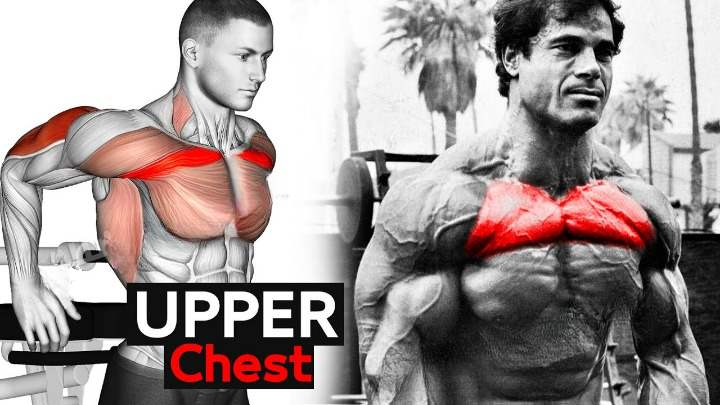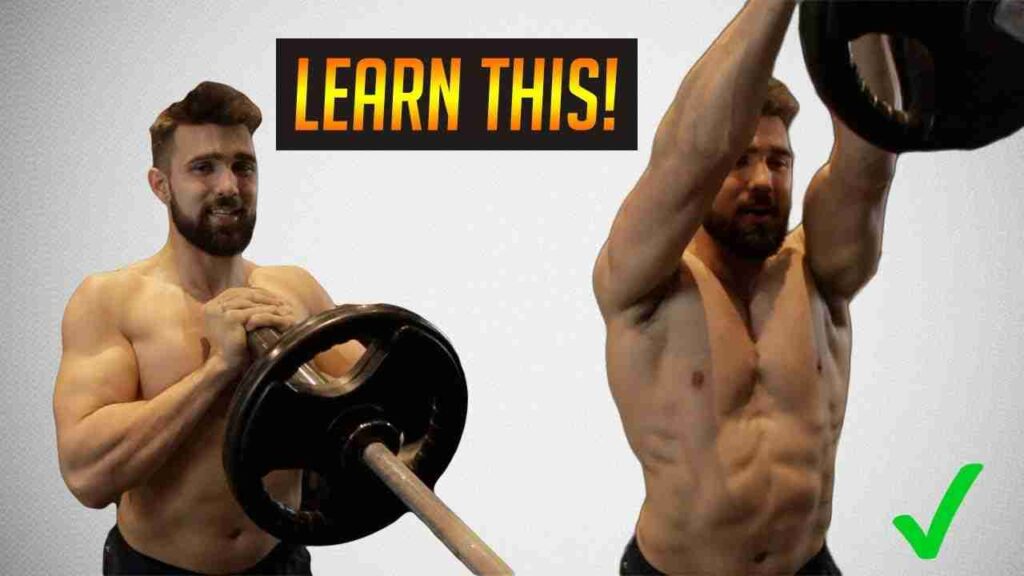Pushups are a staple in many workout routines, renowned for their simplicity and effectiveness. They require no equipment, can be done anywhere, and target multiple muscle groups simultaneously. But did you know that different variations of pushups can target specific areas of your chest?
In this article, we will delve into the world of pushups, focusing specifically on the upper chest. We’ll explore the anatomy of the chest, the science behind how pushups work, and most importantly, which types of pushups can help you build and strengthen your upper chest.
SHOP FOR THE ADJUSTABLE DUMBBELL SET ON AMAZON
Whether you’re a fitness enthusiast looking to diversify your workout routine, or a beginner just starting your fitness journey, this article will provide valuable insights to help you understand and effectively target your upper chest with pushups.
Introduction to Pushups
Pushups are one of the most fundamental bodyweight exercises, and for good reason. They are incredibly versatile, require no equipment, and can be done just about anywhere. But what makes pushups truly remarkable is their ability to work multiple muscle groups simultaneously.
A standard pushup targets your chest (pectoral muscles), your shoulders (deltoids), and your arms (triceps), while also engaging your core and lower back. This makes pushups not just a chest exercise, but a full-body workout.
The beauty of pushups lies in their simplicity. The basic movement is easy to learn: start in a high plank position, lower your body until your chest nearly touches the floor, and then push yourself back up. However, the simplicity of the movement belies the complexity of the exercise. The pushup is a compound exercise, meaning it involves multiple joints and muscle groups working together.
Moreover, by adjusting the positioning of your hands, the angle of your body, or adding variations, you can shift the focus of the exercise to target different muscle groups.
Anatomy of the Chest
The chest, also known as the thoracic cavity, houses some of the most vital organs of the body, including the heart and lungs. However, when it comes to fitness and bodybuilding, the term “chest” typically refers to the pectoral muscles that are located at the front of the chest wall.
The pectoral muscles, or “pecs”, are made up of two primary muscles:
1. Pectoralis Major: This is the larger and more visible of the two muscles. It spans across the upper part of the chest, originating from the sternum and clavicle, and attaching to the upper arm (humerus). The pectoralis major is responsible for movements such as pushing and lifting, and it gives the chest its size and contour. It’s further divided into two parts:
- Clavicular Head (Upper Chest): This is the upper part of the pectoralis major, located near the collarbone (clavicle). It’s the part of the chest that’s targeted when we talk about “upper chest” exercises.
- Sternal Head (Lower Chest): This is the larger, lower part of the pectoralis major, originating from the sternum.
2. Pectoralis Minor: This is a smaller, triangular muscle located underneath the pectoralis major. It originates from the middle ribs and attaches to the scapula (shoulder blade). While not as visible as the pectoralis major, the pectoralis minor plays a crucial role in stabilizing and moving the scapula.
SHOP FOR THE WORKOUT MAT ON AMAZON
Understanding the anatomy of the chest is key to effective chest training. By knowing which part of the chest you’re targeting, you can choose exercises that effectively engage those muscles and help you reach your fitness goals.
Types of Pushups for the Upper Chest
Pushups are a great exercise to strengthen and tone your chest muscles, especially the upper chest. There are different types of pushups that can target the upper chest more effectively by changing the angle, grip, or range of motion of the movement. Here are some examples of pushups for the upper chest:
Decline pushups: These are done by placing your feet on an elevated surface and your hands on the ground. This shifts the emphasis of the tension from the lower chest to the upper chest. You can make this exercise more challenging by wearing a weighted vest or using a stability ball or Bosu ball instead of a fixed surface to elevate your legs.
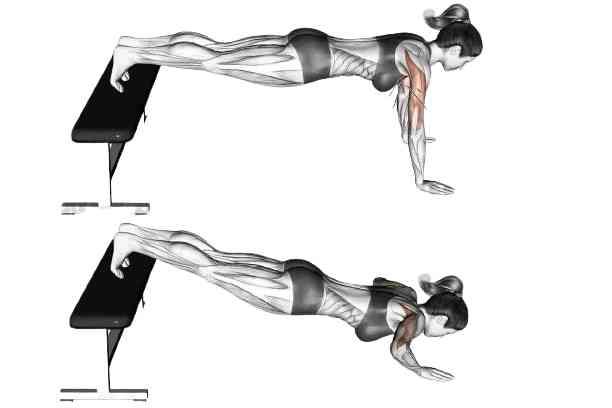
Pike pushups: These are done by forming an inverted V shape with your body, with your hips high and your head low. This increases the angle between your chest and the floor, so your upper chest will have to press against a higher force. You can make this exercise more difficult by elevating your feet or placing your hands closer together.
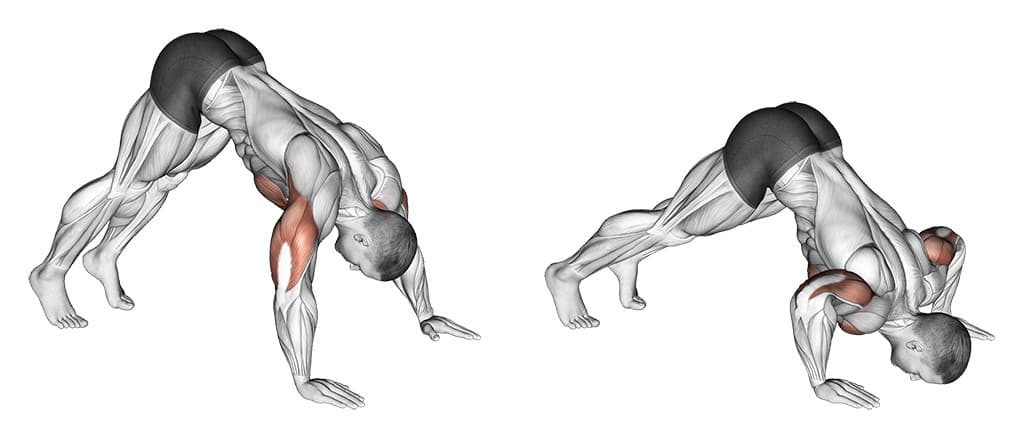
Wide grip pushups: These are done by placing your hands wider than shoulder-width apart on the ground. This increases the angle between your arms and your body, which creates additional force working on the sides of your upper chest. You can make this exercise harder by wearing a weighted vest or adding a clap between each rep.

Deficit pushups: These are done by placing your hands on an elevated surface, such as two blocks or books, and lowering yourself down until your chest is below the level of your hands. This increases the range of motion and allows you to get a deeper pectoral stretch for a more intense peak muscle contraction. You can make this exercise more challenging by increasing the height of the blocks or books or wearing a weighted vest.
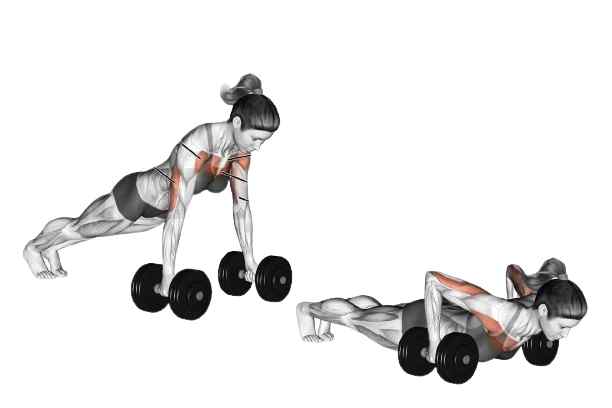
Archer pushups: These are done by placing your hands wider than shoulder-width apart and bending one arm while keeping the other straight. This shifts the weight to one side and works that arm’s chest, triceps, and shoulders. You can alternate sides or focus on one arm at a time.

Spiderman pushups: These are done by bringing one knee to the elbow of the same side as you lower yourself down. This adds a twist to your core and works your obliques, hip flexors, and quads. You can switch legs or do the same leg for a set.
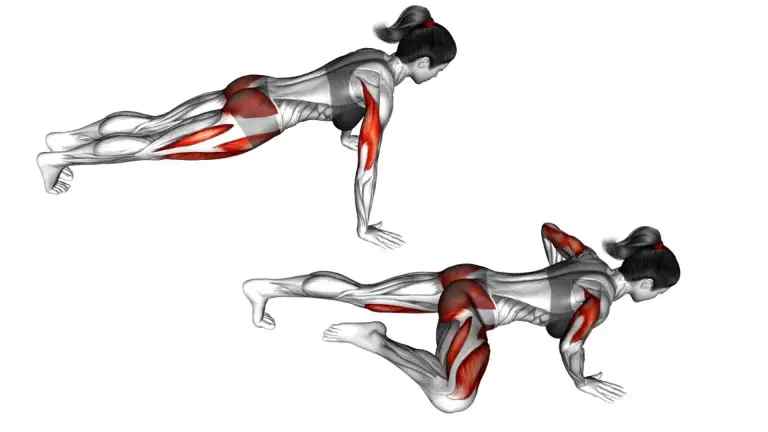
Pike-to-cobra pushups: These are done by starting in a pike position with your hips high and your head low. Then, you lower yourself down until your chest is just above the ground and slide forward into a cobra position with your hips low and your head high. This works your upper chest, shoulders, and back muscles. You can reverse the movement to return to the pike position.

Diamond pushups: These are done by placing your hands close together under your chest and forming a diamond shape with your index fingers and thumbs. This targets the inner chest and triceps muscles. You can make this exercise harder by elevating your feet or wearing a weighted vest.

Remember, form is crucial in performing these exercises effectively and safely. Always keep your body straight, engage your core, and ensure your chest goes all the way down to just above the floor.
Tips and Tricks for Effective Pushups
Pushups are a simple yet powerful exercise. However, to reap the maximum benefits and avoid injury, it’s crucial to perform them correctly. Here are some tips and tricks to help you master the pushup:
- Maintain Proper Form: Your body should form a straight line from your head to your heels. This is your neutral spine position. Avoid sagging or hiking your hips.
- Engage Your Core: Tighten your core muscles as if you’re about to be punched in the gut. This helps maintain your body alignment throughout the exercise.
- Elbow Position: Keep your elbows close to your body for standard pushups. This reduces strain on your shoulders and engages your triceps and chest more.
- Full Range of Motion: Go all the way down until your chest nearly touches the floor, and then push back up to full arm extension. This ensures you’re working your muscles through their full range of motion.
- Breathe: It’s important to breathe continuously while performing pushups. A general rule of thumb is to inhale on the way down and exhale on the way up.
- Warm-Up: Before starting your pushups, do a quick warm-up to get your blood flowing and prepare your muscles for the workout. This can help prevent injury.
- Rest: Allow your body time to rest and recover between workout sessions. This is when your muscles repair and grow.
- Consistency is Key: Like any exercise, consistency is key in seeing results. Make pushups a part of your regular workout routine.
SHOP FOR THE WORKOUT SUPPLEMENT ON AMAZON
Remember, it’s important to listen to your body and modify exercises as needed to suit your fitness level and avoid injury.
Benefits of Daily Pushups
Doing pushups every day has several benefits, not just for your upper body, but for your overall health and fitness. Here are some key benefits:
- Enhanced Cardiovascular Health: Pushups are a compound exercise that involves multiple muscle groups, which increases your heart rate and boosts your cardiovascular health.
- Improved Posture: Pushups engage your core and back muscles, helping you build a healthier posture with a strong and stable core.
- Increased Upper Body Strength: Regular pushups can help develop your triceps, pecs, and shoulder muscles, leading to increased upper body strength.
- Better Bone and Joint Health: Regular pushups can improve the health of your bones and joints.
- Lower Risk of Back Injuries: Pushups engage your entire torso, stabilizing your body movements and reducing pressure on your lower back, which can help prevent back injuries.
- Improved Core Stability: Pushups require a lot of core strength, which leads to improved core stability.
Should I Stretch Before or After Abs Workout?
Remember, while doing pushups every day can be beneficial, it’s also important to incorporate other exercises into your routine for a balanced workout. Also, always ensure proper form to avoid injury and maximize benefits.
FAQs
Q 1. How many pushups should I do a day to see results?
Ans. The number of pushups you should do daily depends on your fitness level. Beginners might start with 5-10 pushups, while more advanced exercisers might do 20-30. The key is consistency and gradually increasing the number over time.
Q 2. Can doing pushups every day lead to overtraining?
Ans. Yes, doing pushups every day can lead to overtraining if you’re not allowing your muscles time to recover. It’s generally recommended to rest one day between workouts for a particular muscle group.
Q 3. How can I modify pushups if I find them too difficult?
Ans. If standard pushups are too challenging, you can start with knee or incline pushups (with your hands on an elevated surface). As your strength improves, you can gradually progress to standard pushups.
Q 4. What other exercises complement pushups for a balanced workout?
Ans. Pushups are a great upper-body exercise, but for a balanced workout, you should also include exercises that target your lower body and core, such as squats, lunges, planks, and sit-ups.
Q 5. Can pushups help improve my cardiovascular health?
Ans. Yes, pushups are a compound exercise that works for multiple muscle groups at once, which increases your heart rate and can help improve your cardiovascular health.
Q 6. How do pushups benefit women specifically?
Ans. Pushups can help women strengthen their upper body (a typically weaker area for women), improve bone health, enhance cardiovascular fitness, and boost metabolic rate.
Q 7. Can I gain muscle mass by doing pushups?
Ans. Yes, pushups can help build muscle mass in the upper body. However, to build significant muscle mass, you would also need to incorporate other forms of resistance training and ensure a proper diet.
Q 8. How can I progress if I’ve hit a plateau with my pushup routine?
Ans. If you’ve hit a plateau, you can try varying your pushup routine (try different types of pushups), increasing the intensity (add resistance or increase reps), or incorporating other upper body exercises.
Conclusion
Pushups are a versatile and effective exercise that can be done anywhere, anytime, and by anyone. They not only strengthen your upper body but also improve your cardiovascular health and posture. With the right variations, pushups can specifically target the upper chest, helping you achieve a well-rounded and balanced physique.
In this article, we’ve explored the anatomy of the chest, the science behind pushups, and the different pushup variations that target the upper chest. We’ve also shared some tips and tricks to ensure you’re performing your pushups correctly and safely.
Remember, consistency is key in fitness. Incorporate these pushup variations into your regular workout routine, maintain proper form, and you’ll be on your way to a stronger upper chest.

Good day, and welcome to Fitthour. My name is Shubham Vijay, and I am a certified personal trainer and nutrition coach with 6 years of experience in the fitness industry. At Fitthour, we specialize in types of training, such as strength training, cardio, or HIIT, and our mission is to help clients achieve their fitness goals and improve their overall health.

